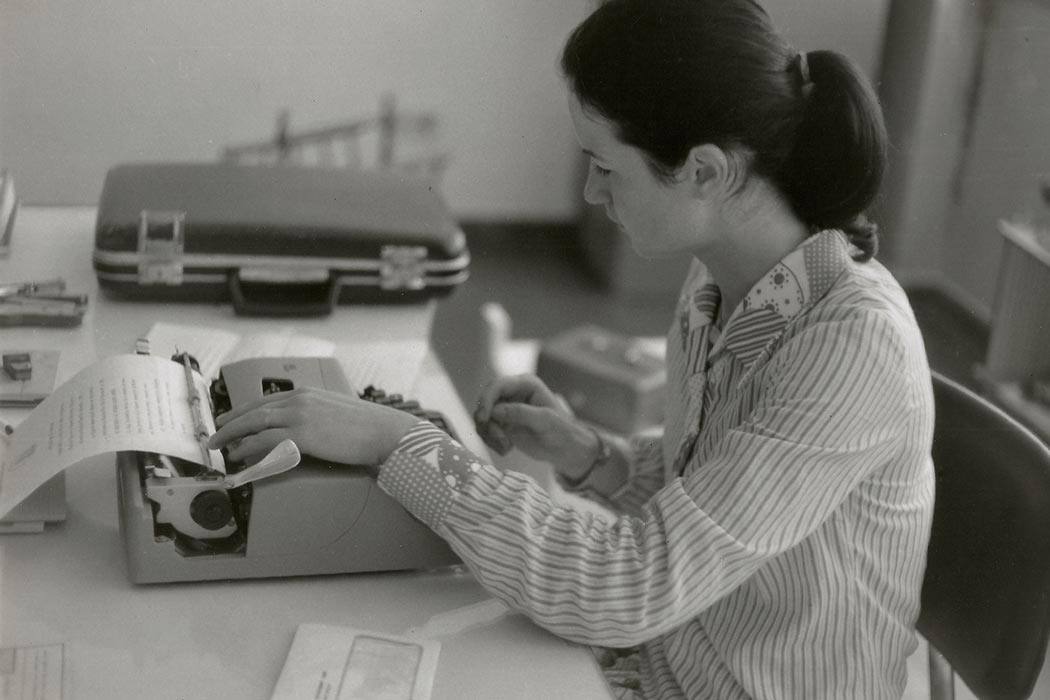Women in the publishing industry who responded to a recent Publishers Weekly survey said they made an average of $51,000 a year, compared with $70,000 for their male counterparts. While the survey was fairly small and unscientific, the results reflect widespread gender biases that many people in the publishing world have recognized for a long time. In a 1989 autobiographical essay, Anita D. McClellan recounts some of her experiences, starting when she joined the industry in 1969.
McClellan recalls a huge variety of sexist practices in her early years on the job in Boston. There was simple, blatant job discrimination—for example, young women started out as typists, regardless of their qualifications or experience. But there were also a variety of oddly gendered rules. Women’s names were listed in lower case on company directories, while men’s were capitalized. Female employees had to use back stairwells and couldn’t wear pants, which were seen as too revealing. At one company, the men’s room had linen hand towels while the women’s room had paper towels.
The sexism was intertwined with casual racism. McClellen writes that the staff at one company often made a pun about “our little, brown girl” at the office.
While there were prominent women editors, their career paths were obviously different from the male model. The only female junior editor had won her position after seven years in a clerical job, while young male editors “came straight over from Harvard.” Meanwhile, the highest placed woman at the company had risen to the executive level decades before, only to be demoted in 1946 “when the sons of important stockholders returned from the front as editors and executives.”
McClellen started her career before feminists forced American employers to take sexual harassment seriously. She writes that when a famous author “literally chased me around his desk,” her department head told her it was “my honor to be chosen.”
Things began to shift in the early 1970s as female employees, including McClellen, pushed for equality on the job. Young men began to be hired for entry-level clerical positions, and the job title quickly changed from secretary to editorial assistant. But the editors who hired male editorial assistants had used different criteria than when they hired women, McClellen writes, and the men usually had no experience with basic office work.
“For clerical women, equal opportunity suddenly meant covering male assistants’ telephones, filing, typing, and photocopying for them while the young men schmoozed over editorial matters with their bosses,” McClellen writes.
Over the years, McClellen rose in the industry, switching jobs as needed to avoid glass ceilings. She also worked with other labor and feminist activists to promote affirmative action, end salary discrimination, and uproot entrenched sexism.
But, 26 years after she wrote this article, there’s obviously still a long way to go to reach gender equality in publishing.







